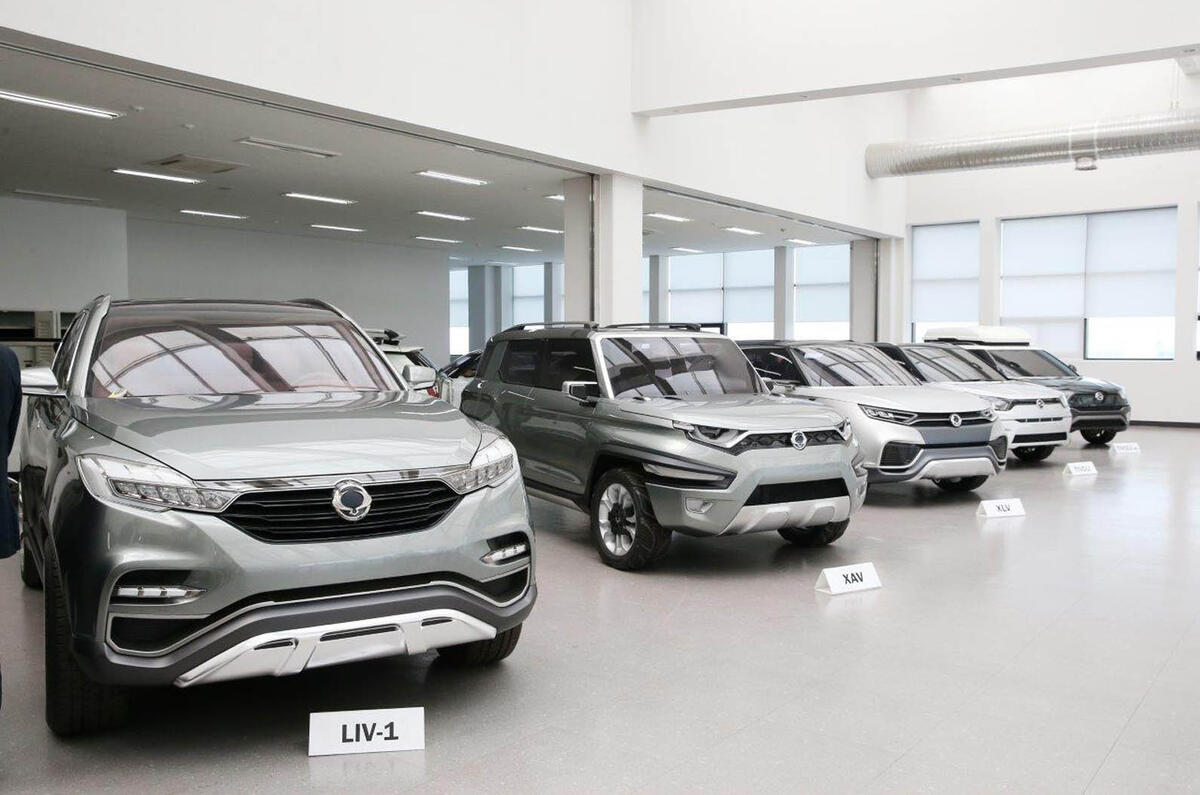Remember how we chortled about the crudity of Hyundai and Kia cars? The 1990s Hyundai Pony, wrote one rag, was Korea’s answer to the 1974 Morris Marina.
Just look at those two companies now. Their combined might puts them fifth in the league table of world car makers, not so far behind Toyota, GM, the VW Group and Ford — not to mention ahead of some mighty concerns such as Nissan, Renault, PSA Peugeot Citroën and Fiat-Chrysler.
Hyundai and Kia's cars are very good.
So, maybe it’s time to start taking Ssangyong seriously. Sure, they won’t be threatening world domination for a while, what with worldwide sales last year below 170,000. But even with their new recovery plan only just kickstarted (by a successful, two-pronged SUV range - the Tivoli and Tivoli XLV) sales are starting to build.
Better still, company officials are showing an impressive and obvious desire to succeed. The products aren’t yet class leaders, but they have a competence and a quality that already puts them ahead of some contenders, and at attractive prices.
Sales volume for 2016 so far isn’t so far behind Land Rover’s results only three or four years ago. Even more importantly, Ssangyong is well on the path of implementing a credible, costed plan to replace its three larger SUVs with new models before 2019.
It is developing and repairing markets as it goes, en route to achieving CEO Johng-sik Choi’s desired volume of 500,000 units. Of those, 300,000 completely built cars and 200,000 as knocked-down (CKD) kits for assembly around the world in markets such as China, South America and a reviving Russia.
When the expansion gets going, we’ll see big-note rivals like Land Rover and Jeep starting to take a good deal more notice of little Ssangyong. The Korean SUV specialist has been battling headwinds for a decade - but now the wind's direction has changed.
New Ssangyong Rexton to lead manufacturer's plans for growth








Join the debate
Add your comment
Je prefer the Mahindra jeep.
Wish Ssangyong all the best
British car companies didn't